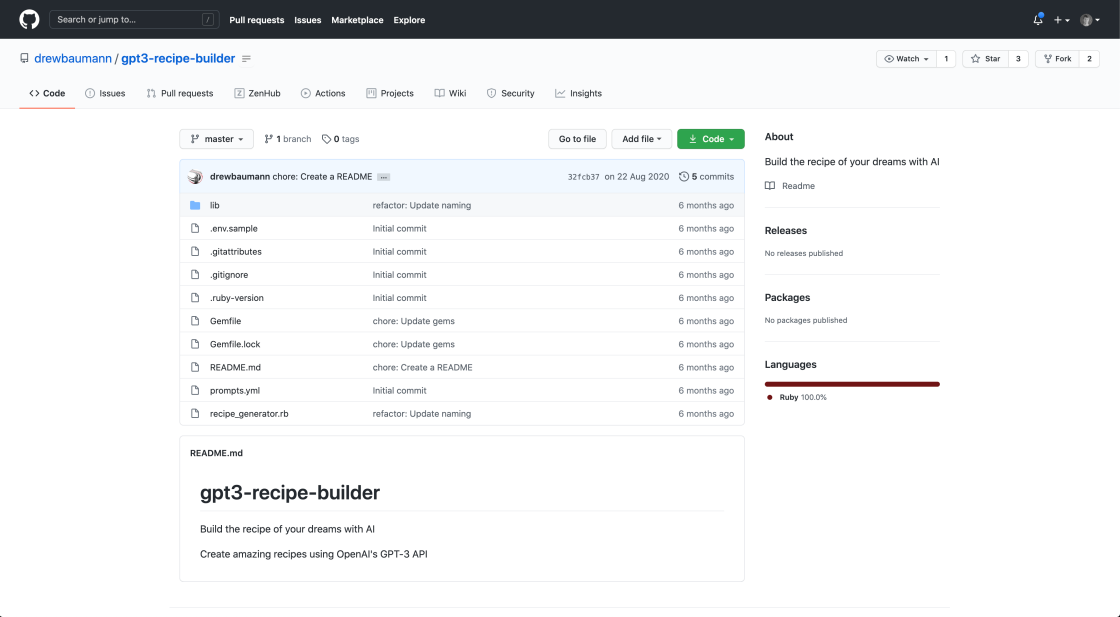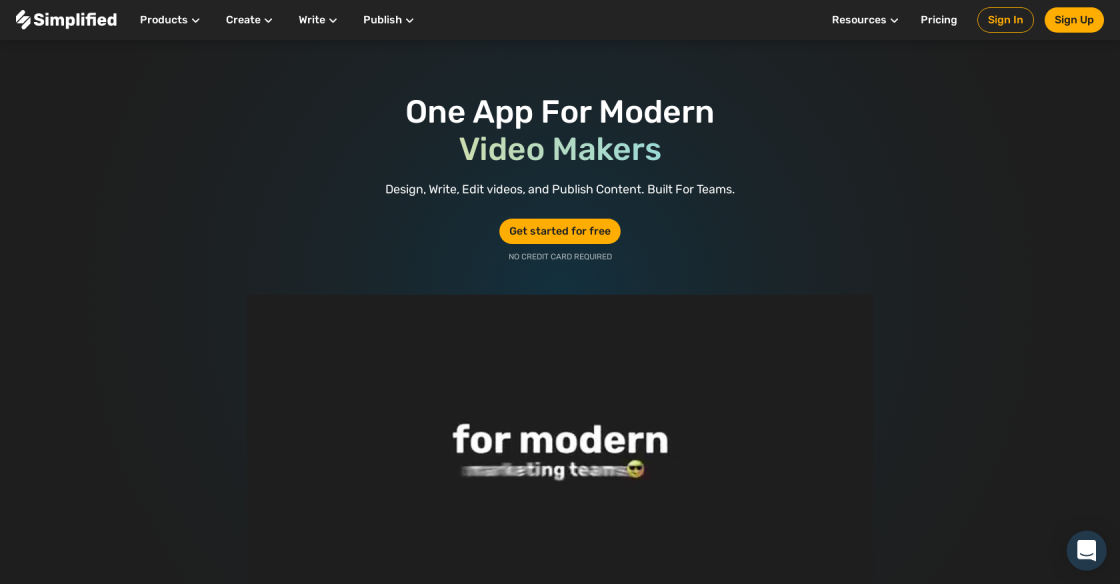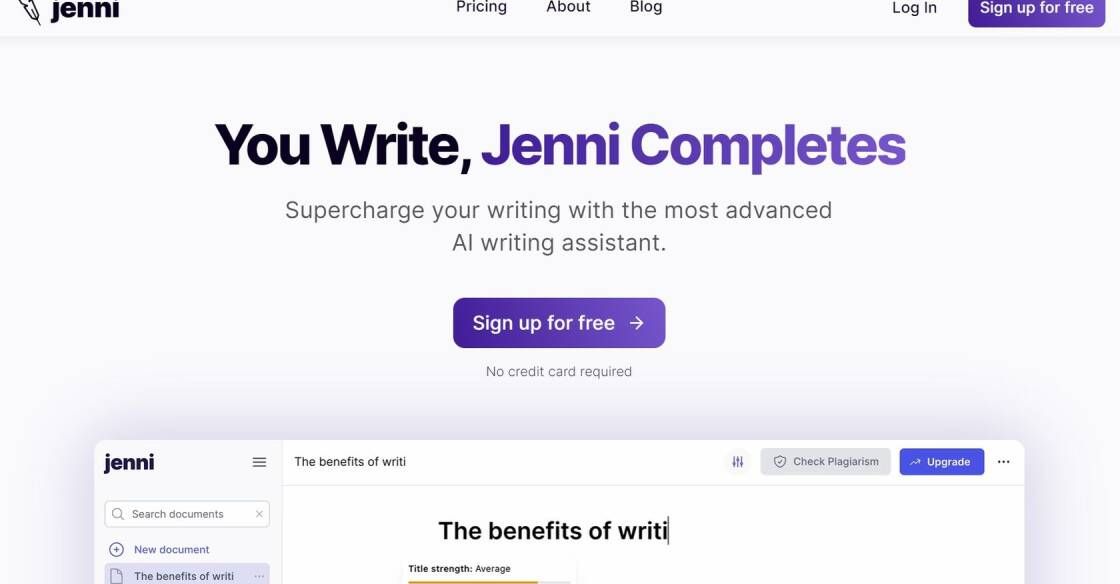

Whether you want to brainstorm ideas with an Elon Musk-inspired personality, receive guidance on personal growth, plan a trip, or simply have a laugh with our sassy Luna, our chatbot makes AI engaging and valuable.
EmbedAI is a cutting-edge solution that revolutionizes the way users create their own AI chatbots. With its advanced capabilities, this remarkable tool empowers individuals to effortlessly develop intelligent virtual assistants. Designed to efficiently handle vast amounts of data and deliver swift automated responses, EmbedAI offers a seamless platform for effectively managing and responding to user queries. By harnessing the power of artificial intelligence, users can now unlock new levels of interactivity and enhance their online presence like never before.
IP Copilot is a cutting-edge AI-based tool that offers an advanced solution for identifying and managing intellectual property for organizations. This innovative technology helps companies to track their inventions, trade secrets, and trends effectively, enabling them to optimize their productivity and maximize efficiency. By analyzing the communication patterns within an organization's network, IP Copilot identifies the expertise and influence of personnel and provides the necessary tools to enhance their performance. With its sophisticated capabilities, IP Copilot is transforming how organizations discover and manage intellectual property.
AutoGPT Nextweb - An Introduction to the Revolutionary AI Tool for Creating Autonomous AI Agents<br /> <br /> AutoGPT Nextweb is a game-changing AI tool that allows users to easily assemble, configure, and deploy autonomous AI agents right from their web browser. This powerful platform empowers users to create intelligent agents with just a few clicks of a button, simply by adding a name and goal. With AutoGPT Nextweb, users can take advantage of cutting-edge AI technology to develop and deploy agents quickly and easily. Whether you're an entrepreneur, developer, or just someone interested in exploring the exciting world of AI, AutoGPT Nextweb is the perfect tool for building intelligent agents that can help you accomplish your goals.
Jarvis Tel - Jarvis AI is a revolutionary open-source platform that seeks to make artificial intelligence accessible to all, regardless of technical expertise or background. Its unique feature is its text messaging interface, offering an easy-to-use AI assistant that can provide answers to any questions users may have. Whether you need help with a technical problem or simply want to know the weather forecast, Jarvis Tel - Jarvis AI has the answers you need, right at your fingertips. With its powerful capabilities and user-friendly design, Jarvis Tel - Jarvis AI is revolutionizing the way we interact with artificial intelligence.
Flow.ai is an advanced chatbot platform that utilizes artificial intelligence to create complex conversational flows with exceptional natural language understanding. This platform enables businesses to automate their customer service, marketing, and sales operations by providing a seamless and personalized experience for their customers. With its advanced features and functionalities, Flow.ai empowers businesses to improve their customer satisfaction, reduce operational costs, and gain a competitive edge in the market. The platform offers a comprehensive suite of tools that enable developers to build chatbots quickly and easily, without requiring any coding skills.

GPT-3 Recipe Builder
Generating Cooking Recipes with OpenAI's GPT-3 and Ruby

Caktus
AI solutions for students to write essays, discuss questions, general coding help and professional job application help.

QuickTools By Picsart
Comprehensive Online Image Tools | Quicktools by Picsart

Topaz Video AI
Unlimited access to the world’s leading production-grade neural networks for video upscaling, deinterlacing, motion interpolation, and shake stabilization - all optimized for your local workstation.

Psychedelic Visual Interpretations Of Famous Poems
This bizarro AI creates psychedelic visual interpretations of famous poems

Simplified
Free AI Writer - Text Generator & AI Copywriting Assistant

Nijijourney
NijiJourney AI for the anime fans. The new niji model is tuned with a fine eye to produce anime and illustrative styles. It has vastly more knowledge of anime, anime styles, and anime aesthetics. It's great at dynamic and action shots, and character-focused compositions in general.

Jenni
Supercharge Your Writing with Jenni AI
ELIZA is a Natural Language Processing (NLP) computer program that was created at the Massachusetts Institute of Technology (MIT) in the 1960s. It was one of the first computer programs designed to simulate human conversation and interactions. The program was written by Joseph Weizenbaum, a German-American computer scientist, who had an interest in artificial intelligence and computer-human interactions. ELIZA's primary purpose was to demonstrate the limitations of communication between humans and computers, and to explore how people interact with machines using natural language.
The program was designed as a conversational agent that could interact with users in a way that mimics human-like conversation. ELIZA used a simple pattern matching algorithm to analyze the user's input and generate responses based on pre-defined rules. The program was initially designed to mimic a psychotherapist, and it was named after Eliza Doolittle, a character in George Bernard Shaw's play "Pygmalion."
Despite its simple design, ELIZA was a groundbreaking program that paved the way for more advanced NLP systems. Its influence can still be seen today in chatbots, virtual assistants, and other AI-powered conversational interfaces.
ELIZA is a Natural Language Processing computer program that was created at MIT in the 1960s.
ELIZA was created by Joseph Weizenbaum, a computer scientist at MIT.
The purpose of creating ELIZA was to demonstrate how computers could communicate with humans using natural language.
ELIZA works by using pattern matching and substitution rules to understand and respond to human input.
ELIZA can understand natural language inputs in the form of sentences and phrases.
ELIZA can provide responses that simulate a conversation with a human, including asking questions, making statements, and providing advice.
No, ELIZA is a rule-based system and does not have the ability to learn from its interactions with humans.
Yes, ELIZA was successful in demonstrating how computers could communicate with humans using natural language.
Yes, ELIZA's technology has paved the way for modern chatbots, virtual assistants, and other NLP-based systems.
Yes, ELIZA is still available as an open-source software and can be used for educational and research purposes.
| Competitor | Year Released | Creator | Key Features |
|---|---|---|---|
| ALICE | 1995 | Richard Wallace | Natural language processing, contextual understanding, memory |
| Mitsuku | 2005 | Steve Worswick | Contextual understanding, memory, ability to learn from conversations |
| Jabberwacky | 1988 | Rollo Carpenter | Contextual understanding, memory, ability to learn from conversations |
| Cleverbot | 1997 | Rollo Carpenter | Contextual understanding, memory, ability to learn from conversations |
ELIZA is a pioneering computer program in the field of natural language processing (NLP) that was created at the Massachusetts Institute of Technology (MIT) in the 1960s. The program was designed to simulate a conversation between a human and a computer, and it has since become an important milestone in the development of NLP.
One of the key features of ELIZA is its ability to respond to users' inputs in a conversational style, using natural language. This was a major breakthrough at the time, as previous computer programs were limited to simple commands and responses. ELIZA's conversational capability was achieved through the use of pattern matching, which allowed it to recognize certain keywords or phrases in a user's input and respond with a pre-programmed response.
Another notable feature of ELIZA is its ability to mimic the behavior of a psychotherapist, by asking open-ended questions and reflecting back the user's own words. This technique, known as "reflection," was based on the work of psychologist Carl Rogers, who believed that reflection could help individuals gain insight into their own thoughts and feelings.
Although ELIZA was never intended to be a fully functional psychotherapy tool, it became popular among users who found the program's responses to be surprisingly engaging and even therapeutic. In fact, many users reported feeling a sense of emotional connection with the program, despite knowing that they were interacting with a machine.
Today, ELIZA's legacy can be seen in the development of more advanced NLP technologies, such as chatbots and virtual assistants. These programs build upon ELIZA's pattern-matching and conversational techniques, while incorporating more advanced algorithms and machine learning capabilities.
In conclusion, ELIZA remains a landmark achievement in the field of natural language processing, paving the way for future advancements in the field. Its ability to simulate a conversation between a human and a computer has inspired countless researchers and developers to explore new ways of using technology to better understand and communicate with humans.
TOP